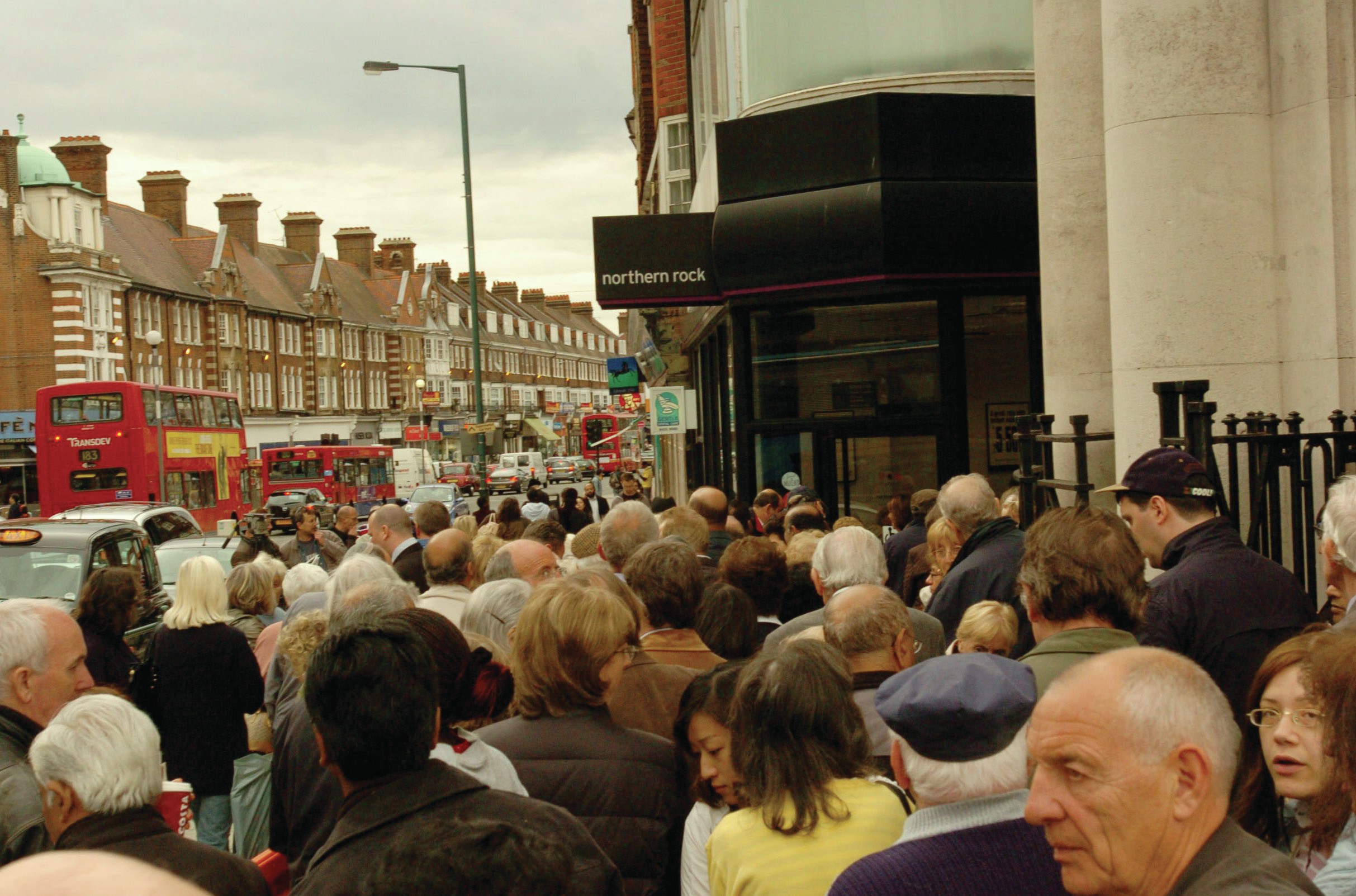
In August 2007, a UK bank, Northern Rock, was rumoured to be unable to pay its debts. Within a few weeks, queues were forming daily outside its branches, as savers tried to take their money out. In the USA, several banks were said to be facing bad debts — they were likely to lose money lent to some homeowners. After 15 years or more of solid economic growth, it seemed as though the economy of every major developed country might suffer from huge debts.
Three years later, we know that the world was facing a banking meltdown in 2007–08. Several of the world’s largest economies shrank. After years of cheap loans, credit became difficult to obtain, and banks refused to lend to any except those considered the lowest risk. This was the so-called ‘credit crunch’ — a crunch time for businesses and organisations whose products or services, from houses and cars to university fees, are normally bought with loans.
Your organisation does not have access to this article.
Sign up today to give your students the edge they need to achieve their best grades with subject expertise
Subscribe




